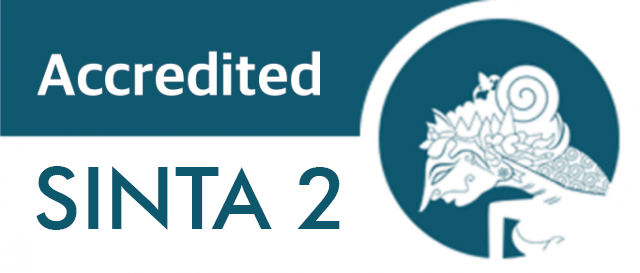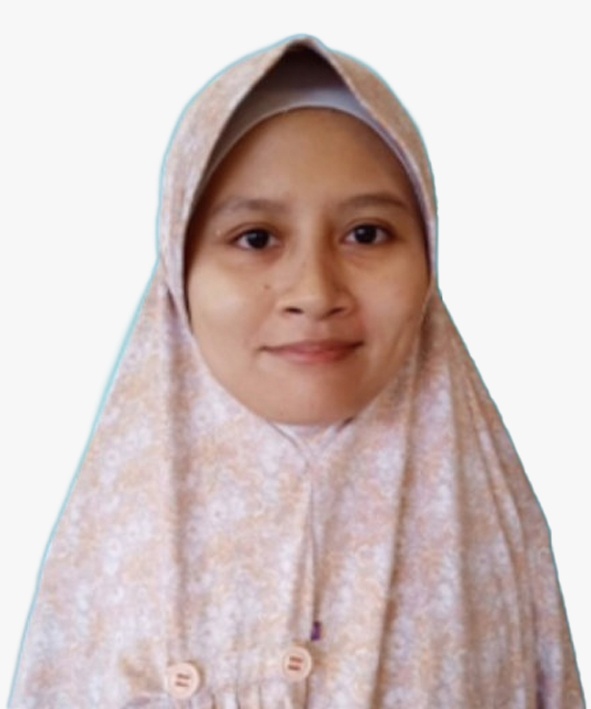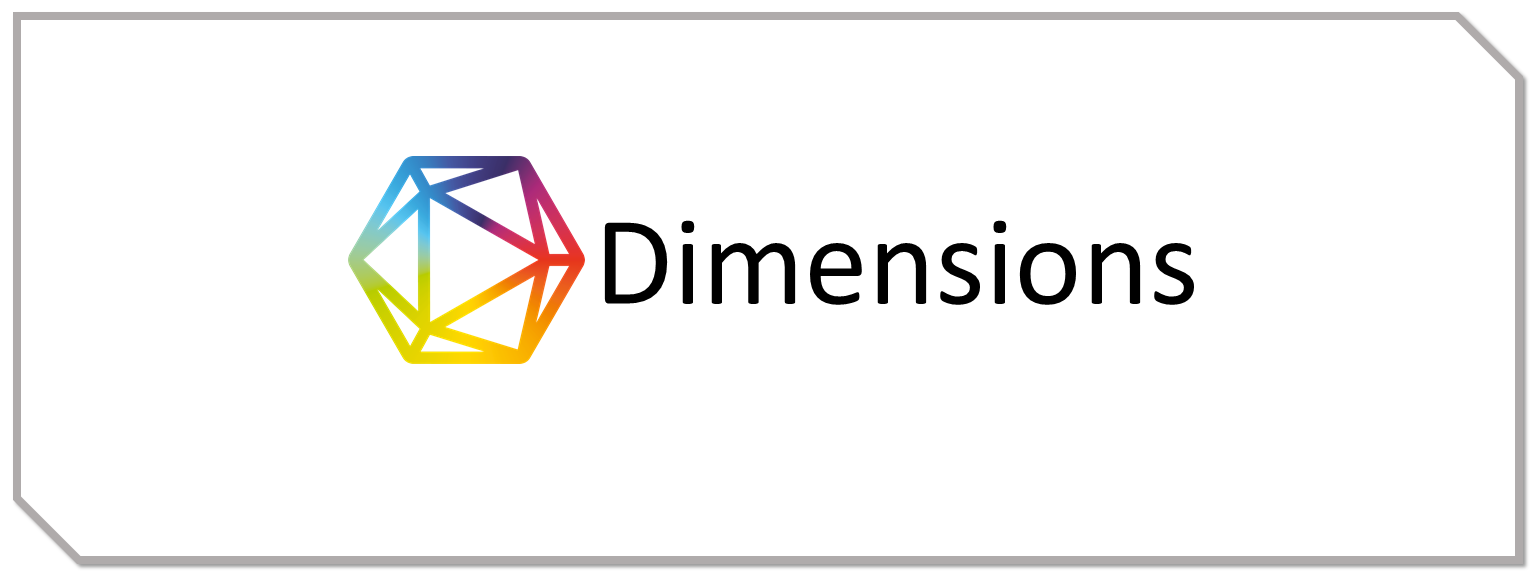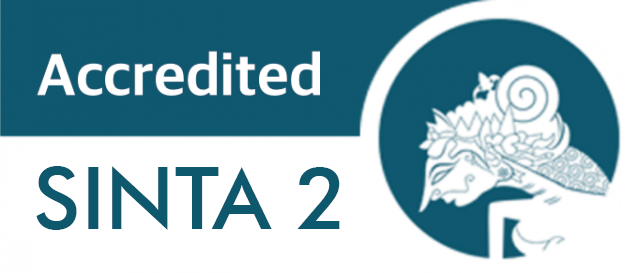The Relationship Between Substance use as a Coping Mechanism and Sleep Quality Among General Practitioners and Resident Doctors Serving Covid-19 Patients In Surabaya
Introduction: During the 2020 period, the number of positive COVID-19 cases in Indonesia experienced a surge. It was reported in a study that 5.7% of healthcare workers needed sleep medication since COVID-19. This research is aimed at analyzing the relationship between substance use as a coping mechanism and sleep quality among healthcare workers in the COVID-19 pandemic era. Methods: This study was conducted from March to August 2021 on general practitioners in the emergency room of hospitals who worked as clinicians in the pandemic era in Surabaya. Purposive sampling technique was used. Coping strategies related to substance use were evaluated using the Brief Cope Inventory (BCI), while sleep quality was assessed using the Pittsburgh Sleep Quality Index (PSQI), and insomnia severity was measured using the Insomnia Severity Index (ISI). Data analysis was done using the Spearman correlation test (p < 0.1). Results: There was a relationship between substance use as a coping mechanism and sleep quality (α = 0.1) based on the ISI questionnaire (p = 0.096, r = 0.181), but using the PSQI (p = 0.568, r = 0.062), substance use did not significantly affect sleep quality. Many factors influence sleep quality, one of which is mental health conditions related to coping mechanisms. Substance use can cause various sleep disturbances. Conclusion: There is a relationship between substance use as a coping mechanism and sleep quality, but due to the minimal sample size, it may not sufficiently represent the population.
INTRODUCTION
Coronavirus Disease (COVID-19) has rapidly spread, including in Indonesia[1]. By December 30, 2020, the total global confirmed cases of COVID-19 had reached 80,783,035 cases, with 1,784,109 reported deaths. The Southeast Asian region ranked third with 12 million confirmed COVID-19 cases[2]. During the 2020 period, Indonesia witnessed a relentless surge in the number of positive COVID-19 cases on a daily basis. Until September 17, 2020, there were 232,628 confirmed positive cases spread across 34 provinces and 493 districts/cities. The number of suspected cases was 103,209, with 166,686 recoveries and 9,222 deaths. The number of cases in East Java until December 29, 2020, was 82,321, the second highest after DKI Jakarta[3]. The COVID-19 pandemic has profoundly influenced the mental and physical health of healthcare workers, thereby exerting a considerable impact on the global healthcare system[4].
Sleep plays a crucial role in immune maintenance; conditions affecting its quality are associated with decreased response to vaccines and increased susceptibility to infectious diseases. Impaired sleep during COVID-19 pandemic can lead to increased anxiety and stress, contributing to dysregulated inflammatory responses. Research revealed that healthcare workers experienced a sleep problem rate of 36.0%, whereas the general population reported a rate of 32.3%. It was reported in a study that 5.7% of healthcare workers needed sleep medication since COVID-19[5]. Coping behaviors aimed at managing stress and anxiety, such as smoking, alcohol consumption, and decreased physical activity, are known to exacerbate or worsen the negative effects of sleep disturbances related to sleep duration and quality. Additionally, sleep deprivation can worsen inflammatory response conditions; the lack of control over inflammation exacerbates the risk of adverse outcomes in COVID-19 by impacting the disease's pathophysiology[6]. The adverse effects of the COVID-19 pandemic, increased symptoms and psychological disturbances, such as depression, anxiety, stress, worry, and substance use, have been observed[7], highlighting recent reports underlining the significance of addressing substance use problems in the context of COVID-19. Furthermore, by the negative reinforcement model of substance use, using substances to cope with heightened negative emotions (i.e., problem-solving motives) might be linked to the development and persistence of substance use problems[8].
The study that is conducted by Kumara et al., revealed that 81 students experienced sleep disturbances, with first-semester students being more affected (33.5%) compared to seventh-semester students (24.2%). Additionally, sleep disturbances were most prevalent among 18-year-olds and were more commonly observed in female students[9].
Researchers chose different objects because they are related to the COVID-19 disaster and want to see the stress levels and coping mechanisms among general practitioners and resident doctors serving COVID-19 patients in Surabaya. Considering the prevalence of sleep disorders among healthcare workers during the pandemic era and its close relationship with coping mechanisms. This research is aimed at analyzing the relationship between substance use as a coping mechanism and sleep quality among healthcare workers in the COVID-19 pandemic era. With increasing information and knowledge, it is hoped to be one of the initial steps towards addressing sleep disorders and other mental health issues among healthcare workers, able to adopt appropriate coping mechanisms so that insomnia can be managed among general practitioners and residents so that they are able to lead a good and adequate academic and professional life.
METHODS
This study was conducted over a period of 6 months (March-August 2021) to examine the relationship between coping mechanisms and sleep disturbances. This study aimed to determine the relationship between substance use, practiced by general practitioners and resident doctors since COVID-19 cases hit Indonesia, and sleep quality as a consequence of these coping mechanisms in response to existing stressors. This study has been ethically approved by the Faculty of Medicine UKWMS (Ref: 135/WM12/KEPK/DOSEN/T/2021). Questionnaires related to coping mechanisms and sleep disturbances were distributed from March 15th to April 30th, 2021. This research used an analytical survey research method. Analytical surveys attempt to explore how and why health phenomena occur. The approach used was cross-sectional. This design was chosen based on the data collection process, which was only conducted once. Cross-sectional is the most suitable type of research used in studying phenomena, situations, and problems by conducting one-time data collection on participants. The inclusion criteria in this study were respondents who worked as general practitioners in the emergency room of hospitals/community health centers/residency training programs (PPDS) and actively worked as clinicians in the pandemic era, while the exclusion factor was respondents who had suddenly agreed to be unavailable or changed their minds so that they could not participate in the study. The sample was acquired using purposive sampling methodology, which involved selecting population members that meet the criteria determined by the researcher (inclusion criteria) using the minimum sample formula of Slovin with a tolerance limit of 0.1. Coping mechanisms were assessed using the Brief Cope Inventory (BCI), which includes 14 coping mechanism subscales that can be assessed. Sleep quality was evaluated using the Pittsburgh Sleep Quality Index (PSQI), which is a validated instrument utilized to assess sleep quality and patterns. The PSQI was specifically designed to distinguish individuals with good sleep quality from those experiencing poor sleep quality[10]. In addition, the severity of insomnia was assessed using the Insomnia Severity Index (ISI) questionnaire. ISI questionnaire (Insomnia Severity Index) is a brief subjective instrument for measuring insomnia symptoms and consequences. ISI consists of 7 items[11]. The scales of sleep disturbances
KEMENKES, “Jumlah Kasus COVID-19 Terus Alami Lonjakan,” 2020. https://www.kemkes.go.id/id/jumlah-kasus-covid-19-terus-alami-lonjakan-kemenkes-cek-kesiapan-fasyankes-8-provinsi
WHO, “WHO COVID-19 dashboard,” 2020. https://data.who.int/dashboards/covid19/cases
KEMENKES, “Situasi Terkini Perkembangan Coronavirus Disease (COVID-19) 31 Desember 2020,” 2020. https://infeksiemerging.kemkes.go.id/situasi-infeksi-emerging/situasi-terkini-perkembangan-coronavirus-disease-covid-19-31-desember-2020
S. Pappa, N. Sakkas, and E. Sakka, “A year in review: sleep dysfunction and psychological distress in healthcare workers during the COVID-19 pandemic,” Sleep Med., vol. 91, pp. 237–245, Mar. 2022, doi: 10.1016/j.sleep.2021.07.009.
A. Erdoğan, D. T. Berktaş, A. N. Öksüz, A. R. Şahin, and B. F. Koçyiğit, “The impact of COVID-19 pandemic on sleep quality in healthcare workers in Turkey,” Egypt. J. Neurol. Psychiatry Neurosurg., vol. 58, no. 1, p. 58, Dec. 2022, doi: 10.1186/s41983-022-00489-3.
M. J. Zvolensky et al., “Psychological, addictive, and health behavior implications of the COVID-19 pandemic,” Behav. Res. Ther., vol. 134, p. 103715, Nov. 2020, doi: 10.1016/j.brat.2020.103715.
B. Pfefferbaum and C. S. North, “Mental Health and the Covid-19 Pandemic,” N. Engl. J. Med., vol. 383, no. 6, pp. 510–512, Aug. 2020, doi: 10.1056/NEJMp2008017.
R. A. Schmidt, R. Genois, J. Jin, D. Vigo, J. Rehm, and B. Rush, “The early impact of COVID-19 on the incidence, prevalence, and severity of alcohol use and other drugs: A systematic review,” Drug Alcohol Depend., vol. 228, p. 109065, Nov. 2021, doi: 10.1016/j.drugalcdep.2021.109065.
I. N. A. Kumara, L. N. A. Aryani, and N. K. S. Diniari, “Proporsi gangguan tidur pada mahasiswa program studi pendidikan dokter semester satu dan semester tujuh Fakultas Kedokteran Universitas Udayana, Bali, Indonesia,” Intisari Sains Medis, vol. 10, no. 2, Jun. 2019, doi: 10.15562/ism.v10i2.391.
I. Z. Alim, S. D. Elvira, and N. Amir, “Uji Validitas dan Reliabilitas Instrumen Pittsburgh Sleep Quality Index versi Bahasa Indonesia,” 2015. [Online]. Available: https://lib.ui.ac.id/detail?id=20404062&lokasi=lokal
G. SWANENGHYUN, Astuti, and A. Ghofir, “Validitas dan Reabilitas Alat Ukur Insomnia Severity Index Versi Indonesia (ISI-INA) Pada Remaja Jalanan di Yogyakarta,” Universitas Gajah Mada, 2015.
F. Faizah, M. Marthoenis, and S. S. Susanti, “Mental Health of Health Workers during the COVID-19 Pandemic: A Cross-Sectional Study,” EAS J. Nurs. Midwifery, vol. 4, no. 2, pp. 54–57, Mar. 2022, doi: 10.36349/easjnm.2022.v04i02.006.
S. Sandra, C. B. J. Lesmana, L. N. A. Aryani, and I. A. K. Wardani, “Mekanisme Koping Maladaptif Berkaitan Dengan Proporsi Kecemasan,” J. Med. Udayana, vol. 10, no. 4, pp. 79–87, 2022, doi: 10.24843/MU.2022.V11.i5.P14.
Annisa Faradila, Azimatul Karimah, and Irfiansyah Irwadi, “The Relationship between Religious Coping and Resilience in Universitas Airlangga Medical Students Class of 2020 in Pandemic Time,” J. Psikiatri Surabaya, vol. 12, no. 2, pp. 132–139, Nov. 2023, doi: 10.20473/jps.v12i2.41809.
B. Sadock, V. A. Sadock, P. Ruiz, and H. I. Kaplan, Kaplan & Sadock’s Comprehensive Textbook of Psychiatry, 10th ed. Philadelphia: Wolters Kluwer, 2017.
D. Calina et al., “COVID-19 pandemic and alcohol consumption: Impacts and interconnections,” Toxicol. Reports, vol. 8, pp. 529–535, 2021, doi: 10.1016/j.toxrep.2021.03.005.
E. B. Algorani and V. Gupta, “Coping Mechanisms.,” Treasure Island (FL), 2025.
J. A. Pasman, D. J. A. Smit, L. Kingma, J. M. Vink, J. L. Treur, and K. J. H. Verweij, “Causal relationships between substance use and insomnia,” Drug Alcohol Depend., vol. 214, p. 108151, Sep. 2020, doi: 10.1016/j.drugalcdep.2020.108151.
H. Attarian, Clinical Handbook of Insomnia. 2017. doi: 10.1007/978-3-319-41400-3.
H. T. Milhorn, Substance use disorders: A guide for the primary care provider. Cham: Springer, 2018.
P. M. Becker, “Overview of sleep management during COVID-19,” Sleep Med., vol. 91, pp. 211–218, Mar. 2022, doi: 10.1016/j.sleep.2021.04.024.
J. Neale et al., “Substance use, sleep and intervention design: insights from qualitative data,” J. Ment. Heal., vol. 28, no. 5, pp. 482–489, Sep. 2019, doi: 10.1080/09638237.2017.1417560.
Copyright (c) 2025 Robertha Lutfi Andreani

This work is licensed under a Creative Commons Attribution-ShareAlike 4.0 International License.
1. Copyright of this journal is possession of the Author, by the knowledge of the Editorial Board and Journal Manager, while the moral right of the publication belongs to the author.
2. The journal allows the author(s) to retain publishing rights without restrictions.
3. The articles are published under a Creative Commons Attribution Share-Alike (CC BY-SA) license. Many research funding bodies prefer the CC BY-SA license because it allows for maximum dissemination and re-use of open access materials. Users are free to share (copy, distribute, and transmit) and remix (adapt) the contribution under this license, including for commercial purposes, as long as they attribute the contribution in the manner specified by the author or licensor.




























